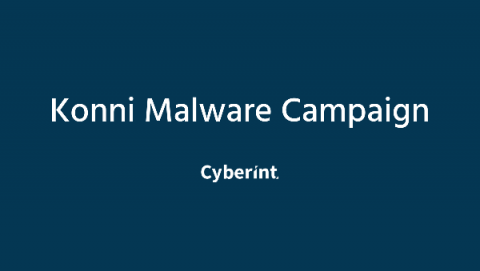Konni Malware Campaign
Throughout 2019 CyberInt Research observed multiple events related to Konni, remote administration tool, observed in the wild since early 2014. The Konni malware family is potentially linked to APT37, a North-Korean cyber espionage group active since 2012. The group primary victims are South-Korean political organizations, as well as Japan, Vietnam, Russia, Nepal, China, India, Romania, Kuwait, and other parts of the Middle East.





